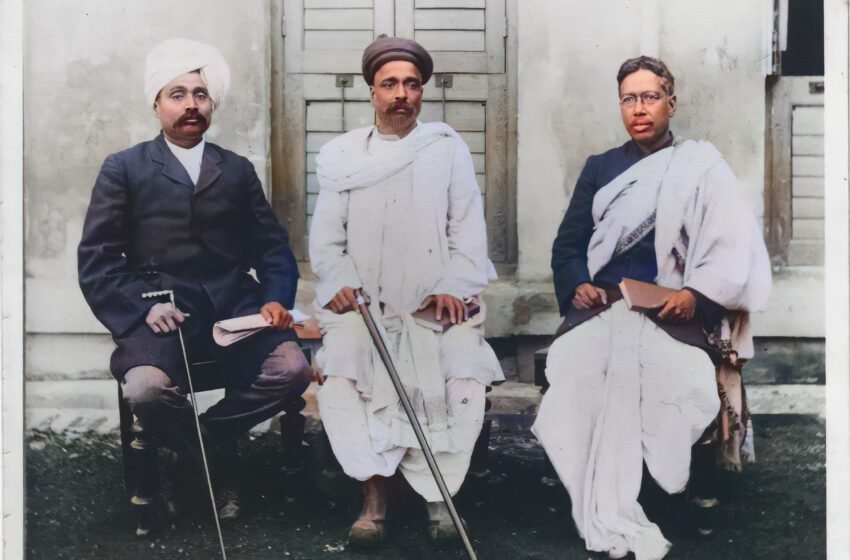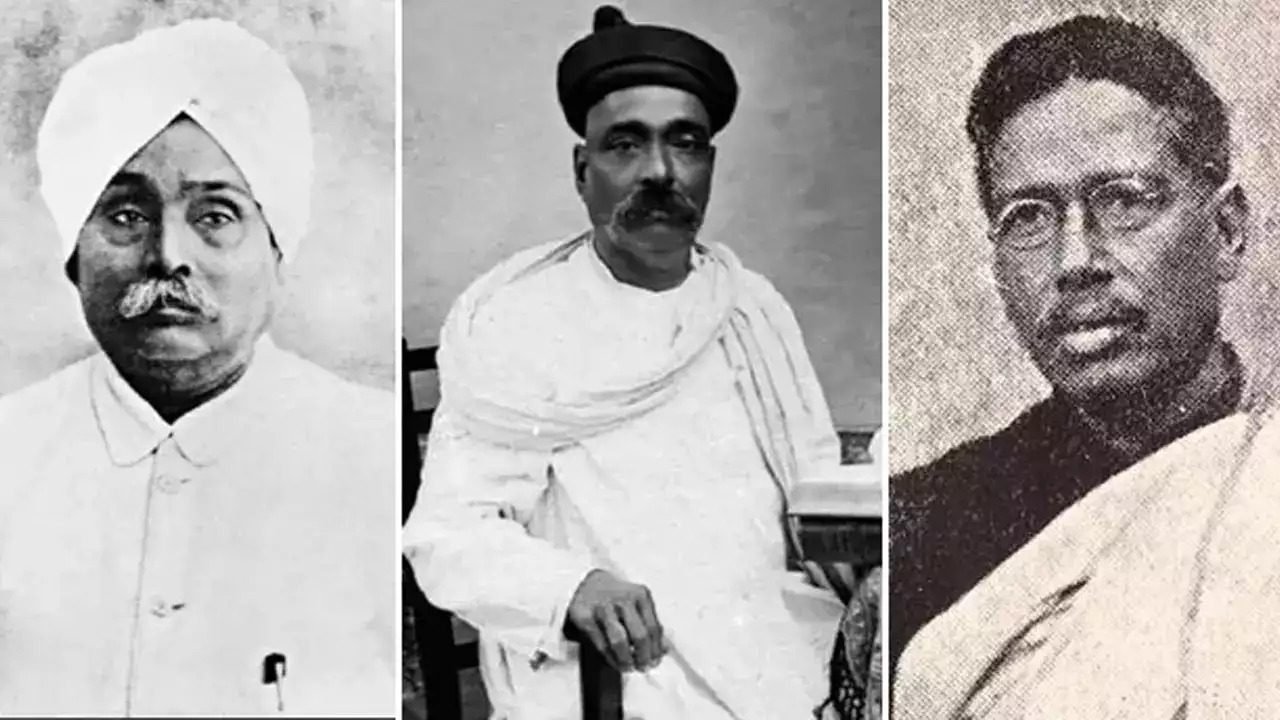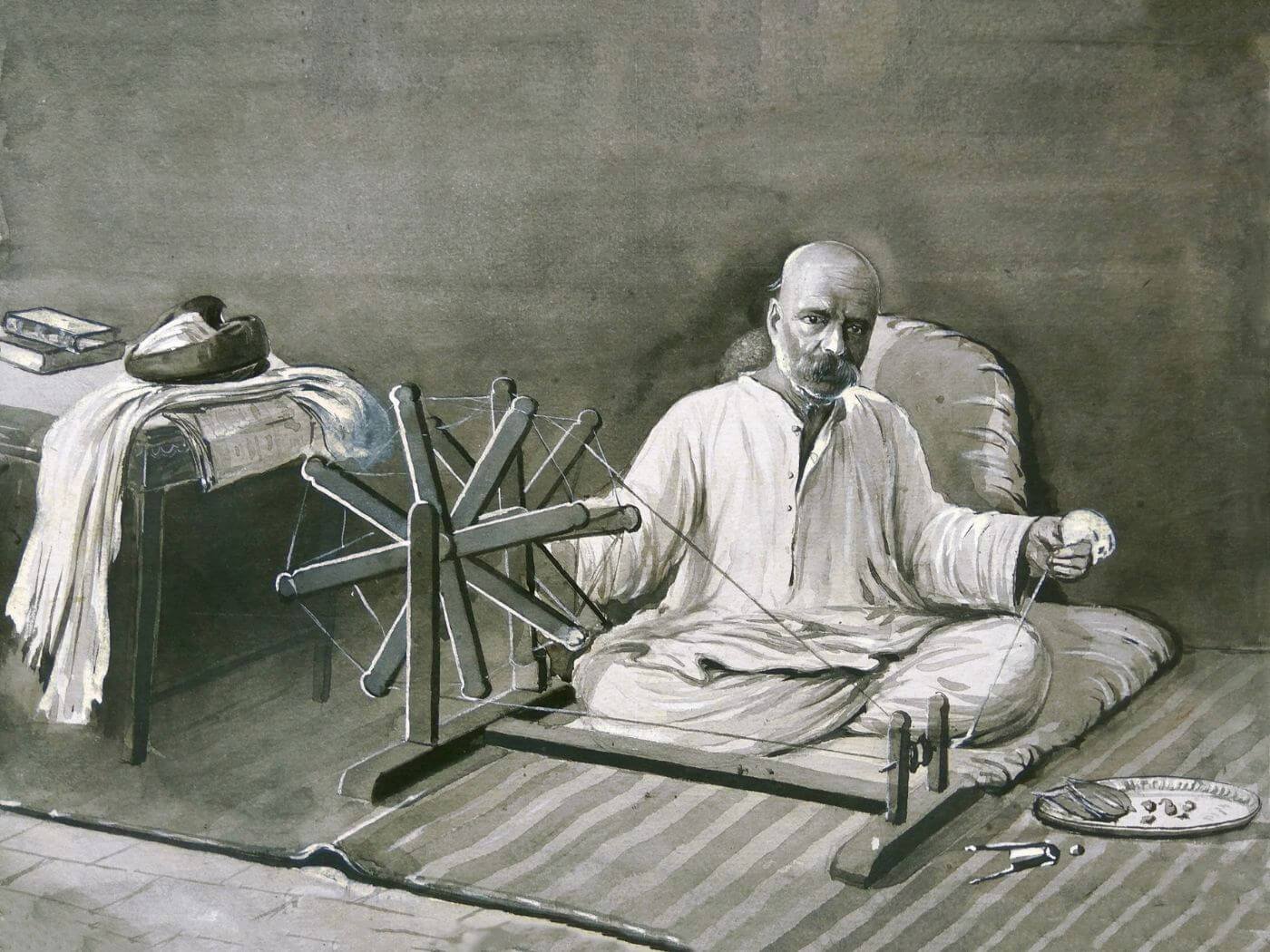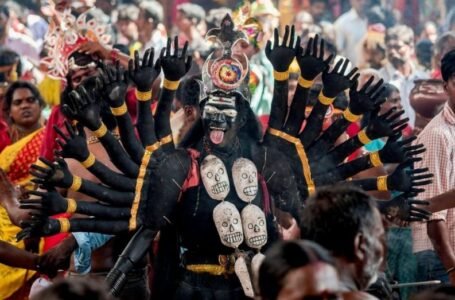LAL BAL PAL: The Trio of Swadeshi and Swaraj

‘Make in India’ and ‘Atmanirbhar Bharat’ are not new ideals or initiatives lately being emphasised upon by the government of India but could well be found deeply ingrained in the swadeshi ideology nurtured and propelled by the triumvirate of Lal of Punjab, Pal of Bengal and Bal of Maharashtra. The celebrated trio of the national struggle not only laced together the northern, eastern and western thread but also flamed the freedom movement through extremist actions such as using swadeshi goods, boycott, national education and active resistance which was later modified by Gandhi. They resurrected India’s movement for independence in the beginning of the twentieth century when the support for moderates within the congress was ebbing away and the radicals took the steering wheel which won them a preeminent place in people’s heart.

They were few of the most pivotal figures who contributed impeccably in shaping the history of Indian nationalism and invigorating young leaders who would in turn create history. The trio’s method of entwining self reliance with the broader freedom struggle was commendable and consequential in opposing the British brutality which ultimately sparked off many movements inspiring and mobilising the masses.
LALA LAJPAT RAI: The Punjab Kesari
“The blows struck at me today will be the last nails in the coffin of British rule in India.”
Born in Dhudike in undivided Punjab on 28 January 1865, Lala Lajpat Rai also known as ‘the Lion of Punjab’ or ‘Punjab Kesari’ because of his zeal for patriotism, was brought up well in a very progressive family by Munshi Radha Krishan Agrawal and Gulab Devi Agarwal. His father was a scholar of Urdu and Persian and a government school teacher. Rai’s liberal perspectives, radical spirit and fearless expression were influenced by his father, while his strong Hindu beliefs were shaped by his devout mother. He later applied these beliefs to reform Indian policy and religion through his political activism and journalistic work. After completing his schooling from Rewari, he later enrolled at the Government College in Lahore to study law in 1880. During this time, he was inspired by the Hindu reformist movement led by Swami Dayanand Saraswati and joined the Arya Samaj, which was established in 1877. He also became the founder and editor of the Lahore-based Arya Gazette.

Venerated as Sher-e-Punjab, he was a lawyer, revolutionary writer and also a prominent freedom fighter who faced multiple detentions for his campaigns against British rule. He was also adamant about mass education and went on to establish the National College in Lahore which sprouted the robust revolutionaries like Bhagat Singh and Sukhdev. He also helped Mahatma Hansraj and Vidyarthi found the nationalistic Dayanand Anglo-Vedic School (DAV which later became ubiquitous all over India) in Lahore, which was later transformed into Islamia College (Lahore) following the partition in 1947. Rai had a clear vision for the political reforms India needed and began his political journey by attending a Congress session in Allahabad at just sixteen.
He firmly believed in the principle of self-sufficiency and established the first Indian bank to begin solely with Indian capital, i.e., the Punjab National Bank which continues to be one of the most popular banks even today.
As Arya Samaj was the first to promote the use of Swadeshi clothing, Lala Lajpat Rai became an early advocate of the Swadeshi movement before it gained widespread political momentum. He tirelessly championed the upliftment of oppressed classes, criticised societal superstitions, and identified social apathy as a key factor in India’s backwardness. He also made significant contributions as a writer, authoring works like The Arya Samaj, Great Thoughts, and India’s Will to Freedom which exposed the injustices of British rule and inspired many to join the freedom struggle.
When the Partition of Bengal was announced, he joined hands with Bipin Chandra Pal and Aurobindo Ghosh from Bengal, as well as Bal Gangadhar Tilak from Maharashtra, to demand ‘Purna Swaraj’ (complete independence). In 1905, Rai visited England as a Congress delegate to garner British public support for India’s cause, successfully gaining the backing of labour, democratic, and socialist parties.

In 1913, Rai embarked on lecture tours in Japan, England, and the United States, halting in England due to the outbreak of World War I. His time abroad allowed him to see the global liberation struggles and how they could inform India’s path to freedom. He wrote England’s Debt to India and Unhappy India to influence British public opinion, while maintaining close ties with British Labour and Irish organisations. By invoking India’s ancient Vedic past and its glory, Rai gave new essence to Indian nationalism and urged people to recognize and uproot the evils prevalent in their society.
He founded the Indian Home Rule League of America in New York in 1917 and returned to India in 1920 leading the special session of the Indian Congress Party that initiated the non-cooperation movement. He was detained from 1921 to 1923 and, upon release, was elected to the legislative assembly. In 1928, the Simon Commission was formed to assess India’s political situation but faced nationwide protests due to its lack of Indian representation. Rai introduced a resolution to boycott the Commission and led a peaceful protest, where demonstrators chanted “Simon go back” and carried black flags. During the protest, Rai was severely injured by a police lathi charge ordered by James A. Scott, but fiercely promulgated, “The blows struck at me today will be the last nails in the coffin of British rule in India.”
Lala Lajpat Rai’s legacy endures through numerous institutions and public spaces carving his name, such as the Lala Lajpat Rai University of Veterinary and Animal Sciences in Hisar, Haryana. His birth anniversary is observed as Martyrs’ Day in Punjab, to honour his contributions to India’s independence movement and to pay homage to all who gave their lives for the nation’s freedom.
BAL GANGADHAR TILAK
“I did not eat the groundnuts, I will not accept the punishment”
A visionary leader, scholar and social reformer who was regarded as ‘Lokmanya’ by the people and ‘maker of modern India’ by Gandhi, Bal Gangadhar Tilak, a diligent freedom fighter and Indian National Congress member was born on 23 July 1856 at Ratnagiri in Maharashtra. Growing up, two things remained constant in his life, one his name Bal (baby, in Marathi) and a radical determination, unflinching will, a healthy mind, a capacity for industry and achievement, and a way of methodical work passed down by his father, Gangadhar Ramchandra Tilak who was a Sanskrit scholar.

Having an intense abhorrence to injustice, Tilak was a law student from Deccan College in Poona (now Pune), and a strong proponent of education from an early age. In 1884, he co-founded the Deccan Education Society in Pune and along with Gopal Ganesh Agarkar, Mahadev Ballal Namjoshi, and Vishnushastri Chiplunkar, established the New English School at Pune in 1880 for primary education and Fergusson College for higher studies in 1885, all aimed at the cultural revival of young minds. Tilak, Agarkar and Chiplunkar were aspirants of establishing a new order in India while educating the masses through journals like Mahratta, an English weekly and Kesari,a Marathi weekly which ignited great enthusiasm in people.
N.R. Inamdar, a political scientist and historian, in his analysis of Tilak’s political ideas in the book Political Thought in Modern India (Edited by Thomas Pantham and Kenneth L. Deutsch, Sage Publications, 1986), explains that Tilak viewed a sense of unity among the people and pride in their nation’s cultural heritage as essential components of nationalism. This idealistic and romantic vision of nationalism played a significant role in inspiring and uniting the fragmented and demoralised people of India. Tilak highlighted Akbar and Shivaji as exemplary rulers who successfully fostered national unity by transcending regional, religious, and caste divisions.
Along with Rai and Bipin Chandra Pal, Tilak became actively involved in revolutionary nationalism through a four-point programme of Swadeshi, boycott, national education and Swarajya and reverberated his famous slogan, “Swarajya majha janmasiddha hakka ahe… Ani to me milavnarach,”,i.e, “Freedom is my birth-right, and I shall have it.” Feared as the ‘Father of Indian Unrest’, by the British government, Tilak wrote two articles in the Kesari titled “The Country’s Misfortune” and “These Remedies Are Not Lasting,” sharply criticising oppressive policies, which led to his arrest in 1908 on charges of sedition and a six-year imprisonment in Mandalay Jail, Burma. During his time in prison, Tilak authored Gita Rahasya, a significant philosophical work interpreting the message of the Bhagavad Gita and his views on life.

After his release in 1914, Tilak actively joined the Home Rule Movement, forming an alliance with Annie Besant. In 1918, he visited England as President of the Indian Home Rule League, gaining the support of the British Labour Party. Returning to India in 1919, Tilak re-engaged in the freedom struggle introducing a new leadership that transformed the freedom struggle from an elite, educated pursuit into a widespread mass movement. The “Tilak Era” became a watershed phase in India’s fight for independence. However, the relentless efforts took a toll on his health, and Tilak passed away on 1 August 1920.
BIPIN CHANDRA PAL: Father of Revolutionary Thoughts
Bipin Chandra Pal, known as the “Father of Revolutionary Thoughts,” was born on November 7, 1858 into an affluent family in Sylhet, Bengal Presidency (now Bangladesh), with his father being a Persian scholar. A journalist by profession, Pal wielded the power of his pen to advocate for Swarajya and the boycott of British goods, believing that embracing Swadeshi products instead of ‘Videshi’, and encouraging local industries was crucial for eradicating poverty and unemployment in India. Unlike milder forms of protest such as the Non Cooperation movement, he favoured active resistance and inspired many through his powerful oratory. He traversed across the length and breadth of the country delivering surcharging speeches which urged the masses to come together as a united group to fight against British imperialism.

At the 1906 Calcutta session of the Indian National Congress, Pal emphasised that the boycott movement should become pan India, aiming for Swaraj as India’s ultimate destiny. He envisioned Swaraj not just as a European concept but as a revitalization of India’s ancient cultural and spiritual heritage under modern conditions, aligning with the Vedantic ideals of truth and self-liberation. Pal firmly believed that this would ignite self confidence among the people by stimulating a sense of national identity.
He inked various articles and books during his lifetime such as “The Soul of India” in which he expounded a vision of a free and sovereign India built upon self-reliance, cultural vibrancy and mass literacy. He serves as a beacon of light reminiscent of the sacrifices made by the courageous souls and the relentless pursuit of establishing an ideal nation, social progress and justice and unity in diversity.
Legacy of Lal Bal Pal Trio
The three legendary leaders with impeccable political foresight and iconic wisdom were the illuminating stars of our national firmament who strode the freedom struggle to its crescendo providing it a new and more rigorous direction. As the leader of the masses, they championed self-sufficiency, cultural revivalism through mass education and unity in diversity which still resonates in the contemporary political and social landscape enlightening the young leaders of today and tomorrow.


